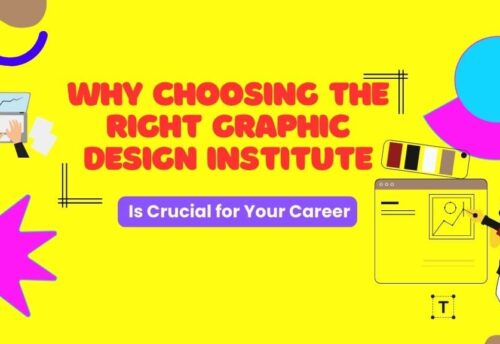
How to Become a Professional Graphic Designer Without a Degree
How to Get a Bachelor’s Degree In Graphic Design Without Going to College
Graphic design is a highly sought-after creative skill today, with numerous career paths in fields like advertising, marketing, web design, and branding. Many people think they need a degree to pursue graphic design, but you can actually be a graphic designer without going to college! With the right mindset as well as self-discipline and a focus on learning, you can pave the way for a successful career as a self-taught designer. Here’s how:
Graphic design is a field that is very important.
Graphic design fundamentals Before jumping to software and tools, it’s important to know the basics about graphic design. These include:
- Introduction to Color Theory – How colors work and how they can change feelings
- Fonts You use typography to create visual harmony.
- Preparing & Layout – Organizing elements in a manner that looks beautiful.
- Design Principles – Contrast, balance, hierarchy, white space.
There are countless free online resources like Youtube tutorials, design blogs, and free courses which will help you to get your head around these important concepts.
Graphic design tools & software
As a graphic designer, you need to be proficient with industry-standard tools. Some of the most popular software includes:
- Adobe Photoshop – To edit and manipulate images.
- Adobe Illustrator – For vector-based nakht how typi logo and vectil y in the exactly illustration.
- Adobe InDesign — For layout and printing.
- Instead of figma and canva – Alternative tools for website and social media designing.
Many of these tools offer subscriptions and free trials online. Plus, free options like GIMP, Inkscape, and Krita will get you started without the need to buy expensive software.
Learn Through Online Courses and Tutorials
Online courses will be your best source of learning since you will not be attending a formal design school. Websites such as:
- Coursera
- Udemy
- Skillshare
- LinkedIn Learning
- YouTube
Provide classes on graphic design, branding, UX/UI design, and many others. Most of those courses offer certificates after you complete the course that you can add to your credibility.
Actually Do It and Create a Portfolio
Building a strong portfolio is one of the best-proof for your skills. Here’s how you can build one:
- Create personal projects, such as design logos, business cards, posters and social media graphics.
- But you can try doing freelance work using Fiverr, Upwork or 99designs.
- Talk to local businesses, charities, or friends and offer your services for free or at low cost
- Comment the existing designs with your idea to prove your setup.
A portfolio website to show your work is one of the best ways to bring in potential clients and employers.
Study branding and marketing
Graphic design isn’t simply making things pretty though—it’s visual communication. You are also up to date with branding and marketing, so your designs are more likely to engage and convert. Learn about:
- Brand identity design
- Usage of User experience (UX) principles
- Social media marketing
- Advertising design
You will be a more valuable designer who applies marketing principles to your designs.”
Network and Gain Exposure
In addition to training and practice, to build a successful graphic design line, networking and exposure to the market will be required. Some ways to do this include:
Getting into online communities, i.e Dribbble, Behance, Reddit Design Threads.
Finding other designers by getting connected on LinkedIn
Participating in design challenge such as #DailyUI or 36 Days of Type.
Joining freelancing platforms and contests.
The more people see your work, the more opportunities you will draw to yourself.
Starting Freelancing or Searching for Employment
Now that you have the skills and portfolio developed, it’s time to get paid. You can:
Get experience by applying for internships
Freelancing: Provide services on Freelancing websites, Fiverr, Upwork or Freelancer.
Websites like We Work Remotely and Toptal will direct you to remote design jobs.
Contact local businesses that may require design services.
The bottom line: Companies care more about talent and a strong portfolio than a degree.
Keep Learning and Stay Updated
Always be on your toes as the design world keeps changing, we have a lot of books available that keep us updated. Follow design blogs like:
- Smashing Magazine
- Creative Bloq
- Adobe Blog
- Awwwards
Also learn new skills and become a motion designer, 3D designer, UX/UI designer, etc.
Conclusion
Getting a degree is not the only way to become a professional graphic designer. This article will guide you through the process of becoming a graphic designer, including learning the fundamentals, mastering design programs, building a portfolio, networking, and continuing education. So go on — get started and transition your artistic passion to your career today!


